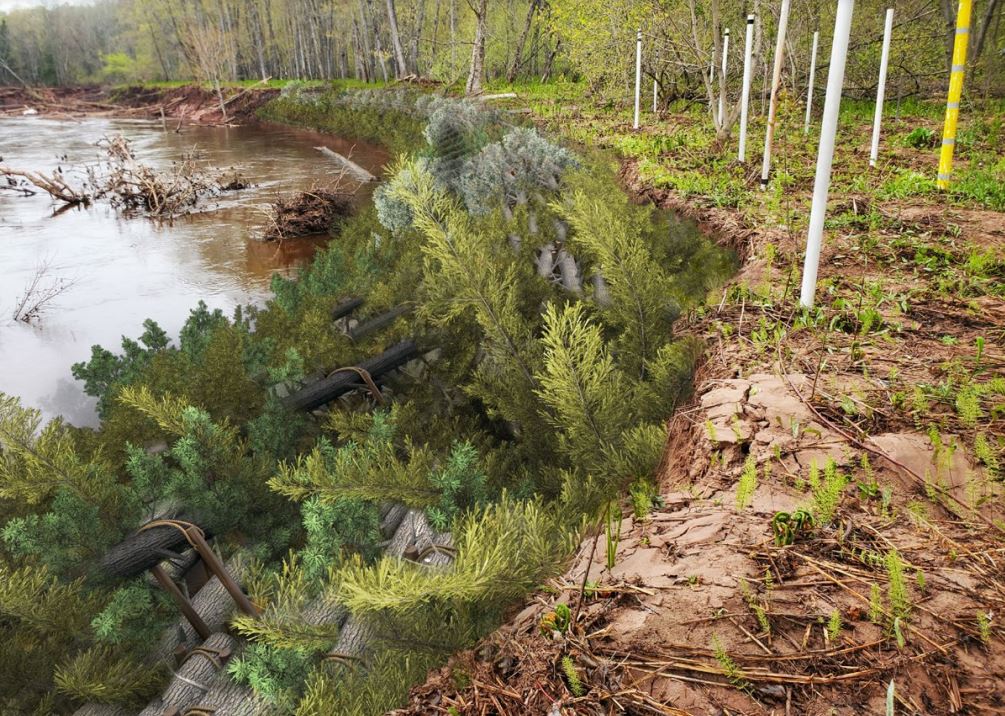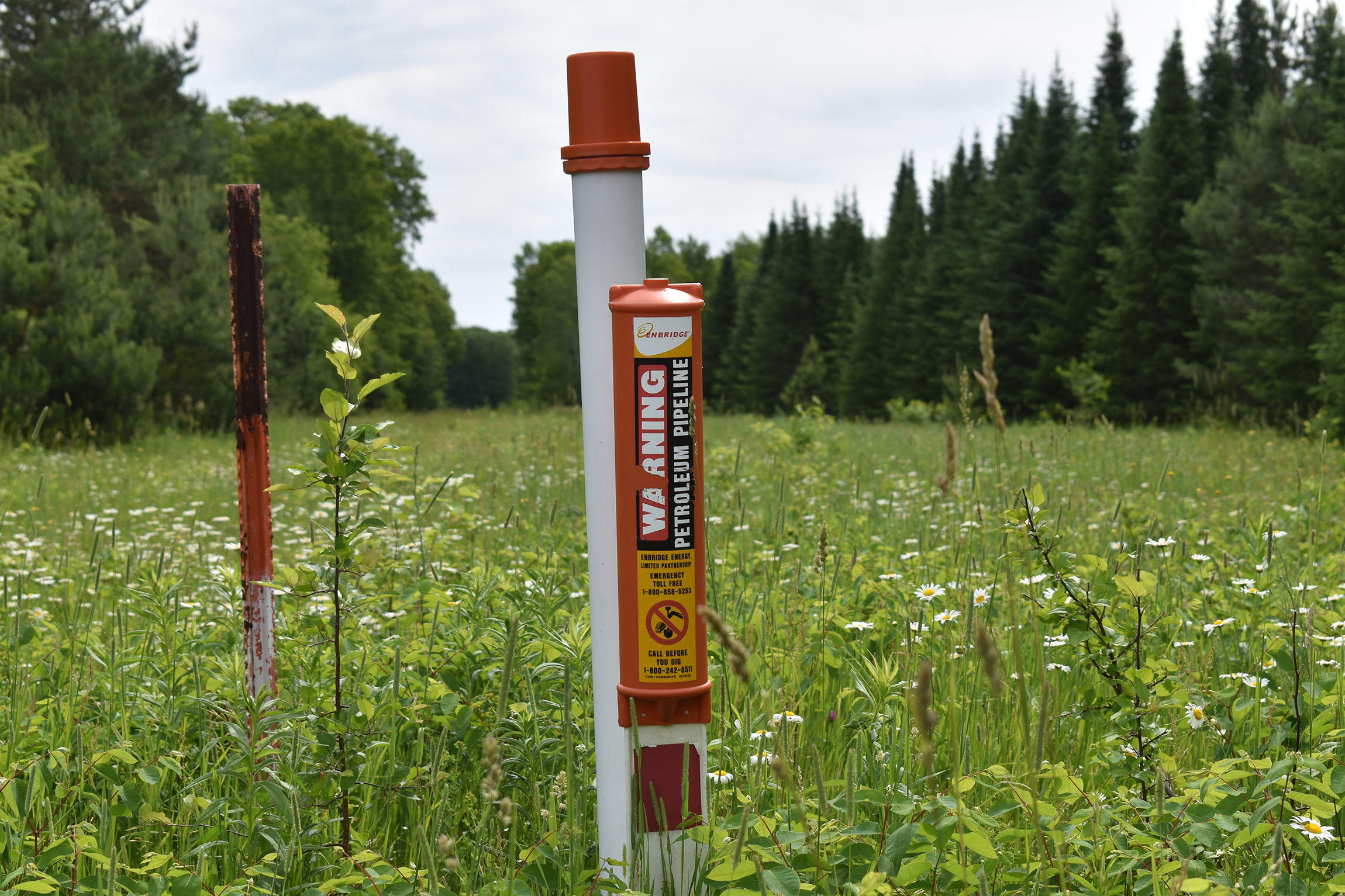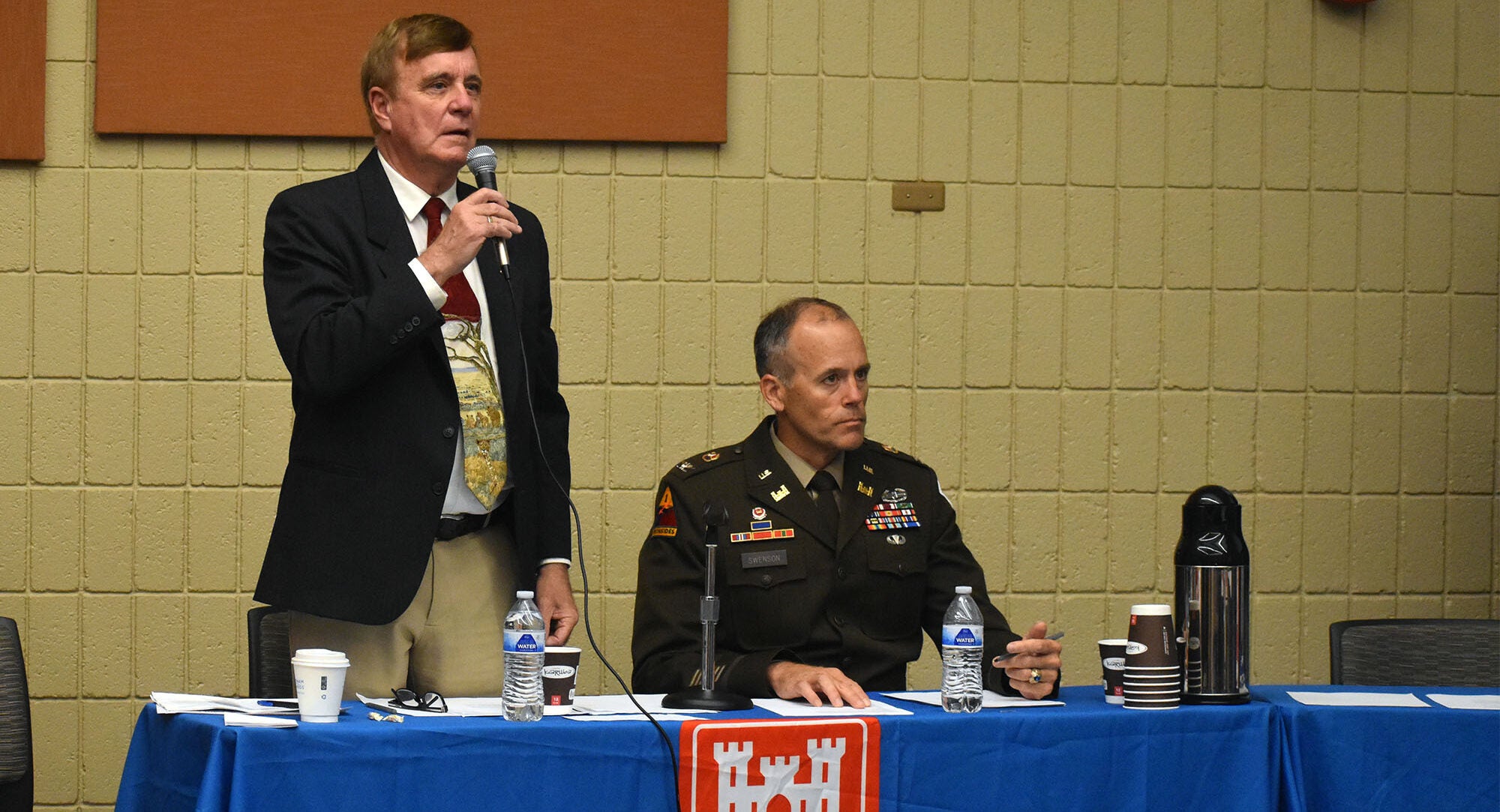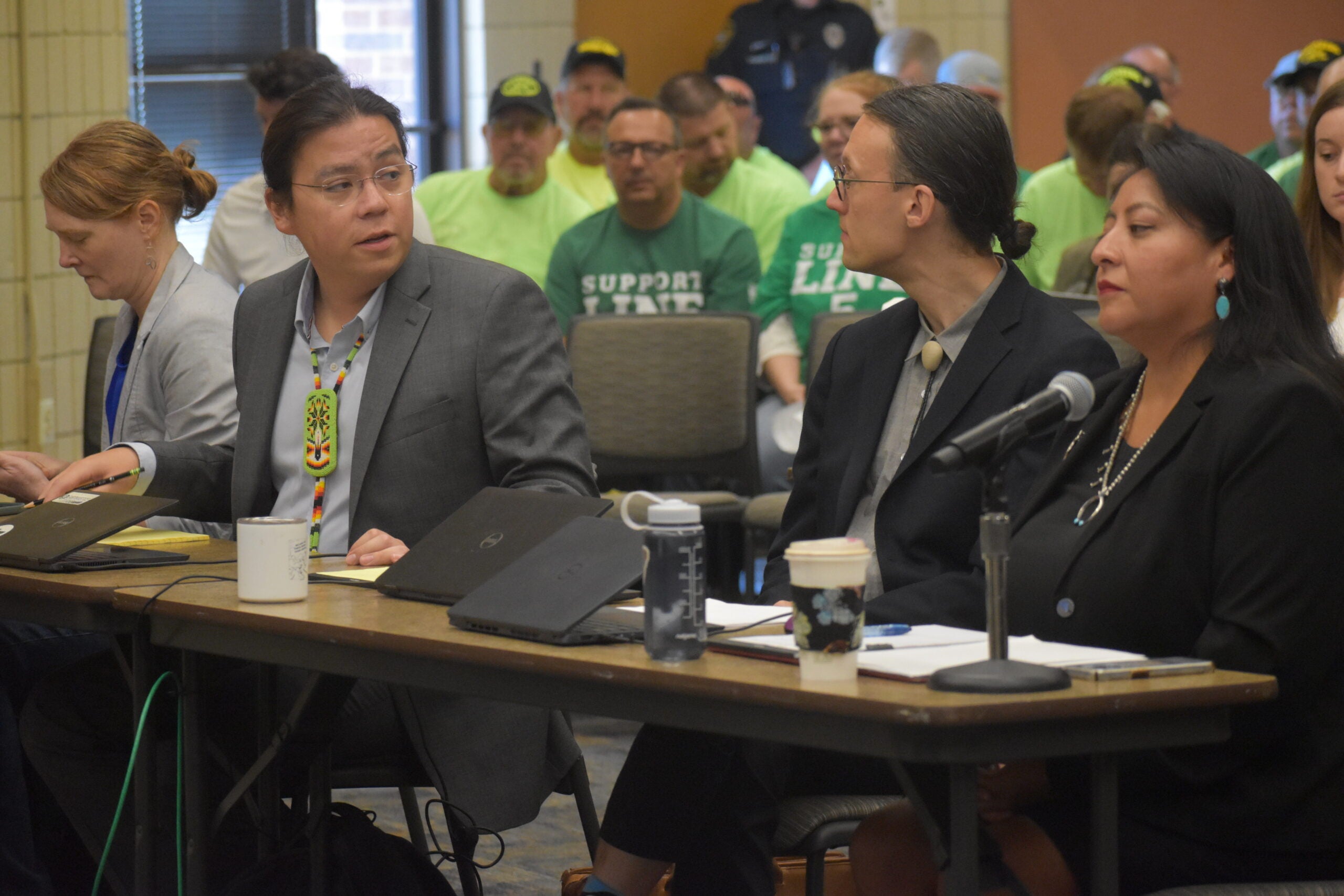A Canadian energy firm hopes to begin work this winter on a project to slow erosion near one of its oil and gas pipelines amid an ongoing legal struggle with the Bad River tribe.
Enbridge is seeking approval from federal, state and tribal agencies to install trees along roughly 400 feet of the Bad River shoreline within the reservation of the Bad River Band of Lake Superior Chippewa.
In 2019, the tribe sued the company in federal court to shut down and remove its Line 5 pipeline over fears that it may become exposed and rupture due to erosion. The pipeline carries up to 23 million gallons of oil and natural gas liquids per day from Superior across northern Wisconsin and Michigan to Sarnia, Ontario.
News with a little more humanity
WPR’s “Wisconsin Today” newsletter keeps you connected to the state you love without feeling overwhelmed. No paywall. No agenda. No corporate filter.
This past spring, deterioration of the river’s banks accelerated due to flooding from rapidly melting snow, leaving the bank as close as 11 feet from the pipeline. In May, the company submitted an application for a waterway permit with the Wisconsin Department of Natural Resources as part of the project to slow erosion.
Paul Eberth, tribal engagement director for Enbridge, is proposing the use of a helicopter to install and anchor hundreds of trees along the bank to prevent further erosion from potential flooding or runoff next year. Eberth said that’s intended to limit effects to the site.
“This is a temporary installation until Line 5 can be safely relocated around the reservation,” Eberth said.
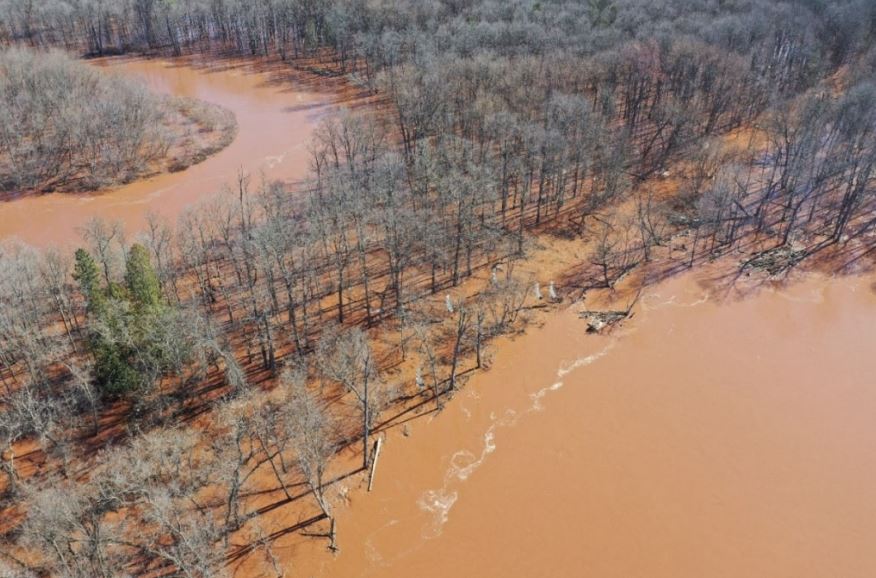
In response to the tribe’s lawsuit, Enbridge has proposed relocating a 41-mile segment of the pipeline around the tribe’s reservation in Ashland and Iron counties. Last fall, U.S. District Judge William Conley found Enbridge is trespassing on the tribe’s lands. In June, Conley ordered Enbridge to cease operations there and remove Line 5 from the reservation within three years, but the judge stopped short of ordering an immediate shutdown. Neither the company nor the tribe were entirely pleased with the decision, and both are appealing the ruling in federal appeals court.
In the meantime, the company’s project to slow erosion would temporarily affect almost four acres of wetlands. Macaulay Haller, an environmental review specialist with the DNR, said the work also involves installation of temporary docks and dams.
“They would also be driving on the bed of the Bad River in order to complete that tree revetment installation,” Haller said.
The project would require the use of a boat or trucks to transport equipment, and the company’s contractor would decontaminate tools for invasive species prior to any work.
The agency is currently reviewing the project to ensure it won’t reduce the river’s capacity to handle flooding or obstruct navigation. The DNR is also analyzing its potential effects on the wood turtle, which is a threatened species in Wisconsin.
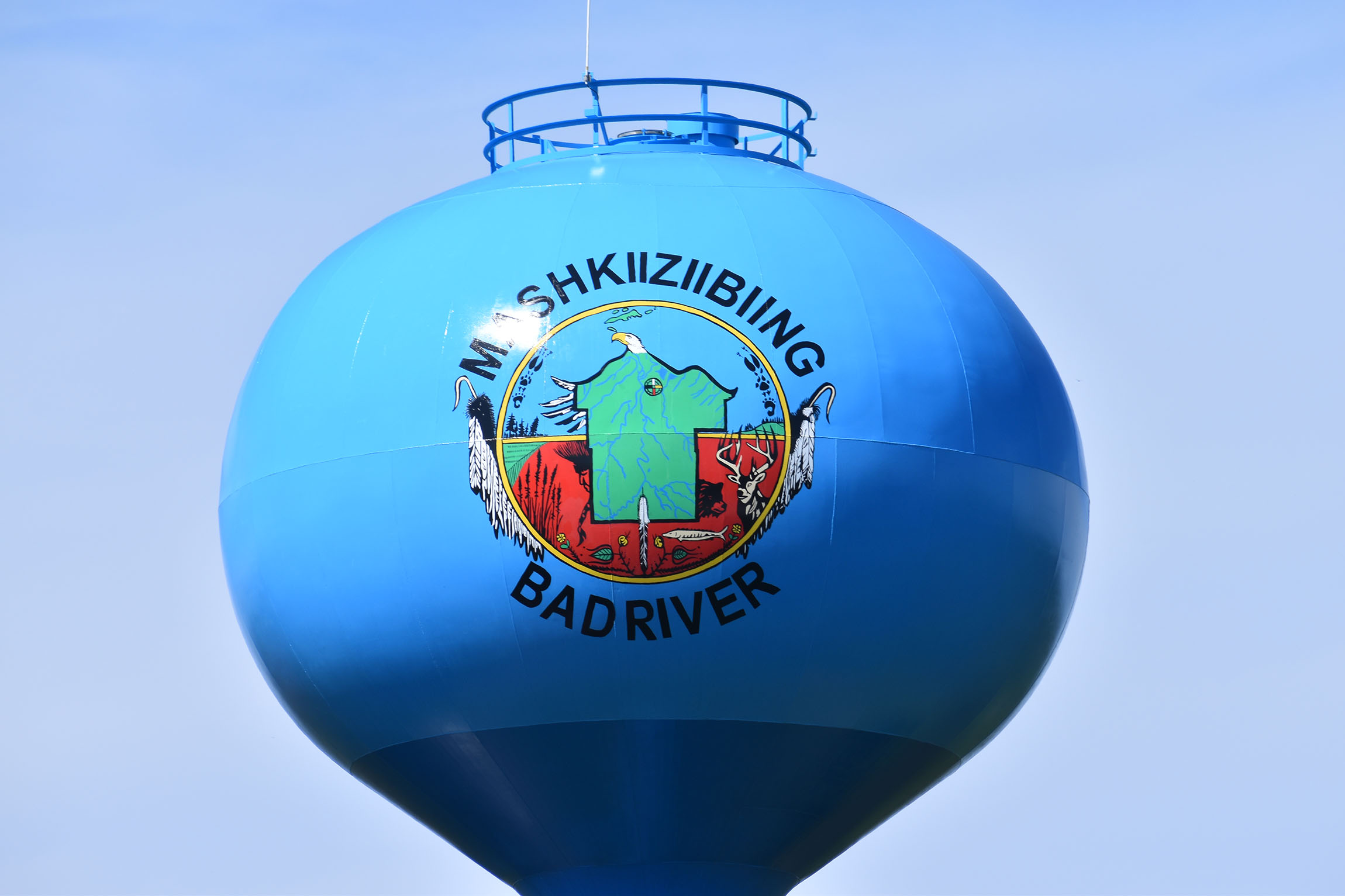
The wood turtle prefers rivers with nearby wetlands and forests, typically nesting within 200 feet of the water. If the project moves forward, Enbridge may need to take steps to reduce effects on the species when the turtles typically breed in the spring or fall under an incidental take permit.
The project is undergoing review by the DNR, Bad River tribe and U.S. Army Corps of Engineers. State environmental regulators say their review is currently on hold while the Army Corps and tribe conduct a survey of archaeological and cultural resources in the area. An Army Corps spokesperson confirmed the agency is coordinating with the tribe on its review of the project.
As a sovereign nation, the Bad River tribe also has their own water quality standards that Enbridge must meet in order to gain approval. Tribal officials were not immediately available for comment on the project.
Eberth said the tribe has denied other projects to install rocks or sandbags along the banks of the Bad River. Even so, he said the company is optimistic the proposal to install trees will gain approval from the tribe. If it moves forward, he said the work could take anywhere from four to eight weeks to complete.
DNR’s review of Line 5 reroute project ongoing
At the same time, the DNR continues to finalize an environmental impact statement for Enbridge’s plans to reroute Line 5.
The company wants to build a new 30-inch segment that would cost at least $450 million. The agency’s draft environmental review of the project has drawn more than 32,000 comments.
Greg Pils, director of the DNR’s Bureau of Environmental Analysis and Sustainability, said the agency is working “full throttle” to complete its review.
Eberth said he expects the DNR will complete the environmental impact statement early next year.
The Line 5 project is anticipated to cross around 185 waterways and discharge dredged material into more than 100 acres of wetlands. Last year, WPR reported the Environmental Protection Agency said the DNR had not yet fully analyzed the project’s potential impacts on water resources, climate change and treaty rights.
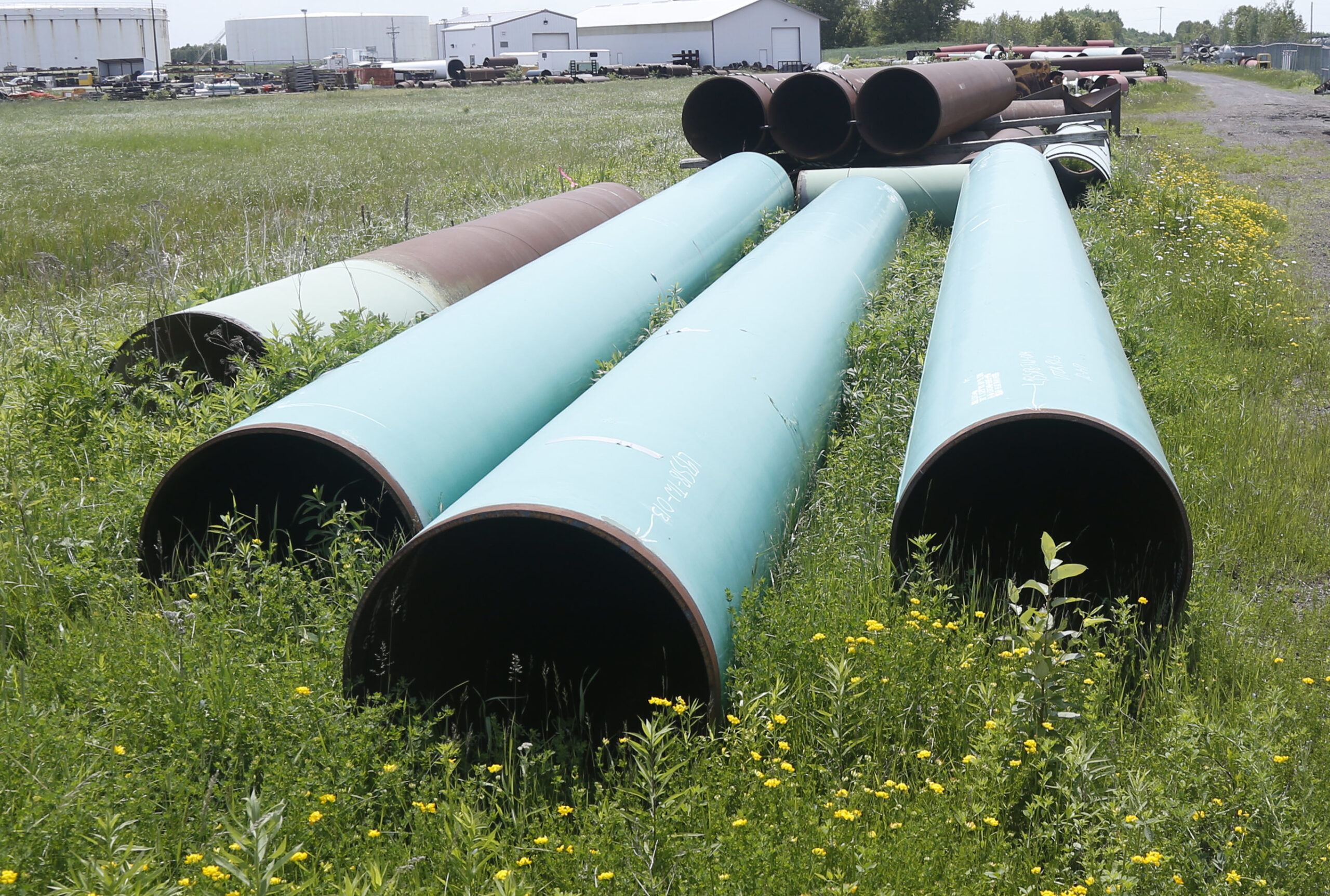
“We think that they need to do a much better job accounting for all the impacts of the project — both waterway and wetlands impacts, but also climate impacts,” Brett Korte, staff attorney for Clean Wisconsin, told WPR.
Korte said the Bad River, Kakagon Sloughs and Lake Superior are too important to allow a reroute of Line 5 in the area. Environmental groups have highlighted that the pipeline has experienced around 30 spills on land that released more than 1 million gallons of oil since 1968. Enbridge has said there’s never been a spill in the Bad River or in the Straits of Mackinac within the Great Lakes.
Supporters of the pipeline’s proposed reroute highlight the hundreds of jobs that would be created by the project during construction, including Emily Pritzkow with the Wisconsin Building Trades Council.
“This process has been a very thoughtful one before the Wisconsin DNR for over three years now,” Pritzkow said. “So our workforce stands ready.”
Meanwhile, the Corps is analyzing Enbridge’s application for a permit under the Clean Water Act. The Army Corps is regulating construction-related activities in federal waters affected by the project, as well as Enbridge’s proposal to drill underneath the White River. The federal agency is preparing its own separate environmental assessment for the project, which regulators have said will determine the need for a federal environmental impact statement.
An Army Corps spokesperson said it’s continuing to coordinate with agencies and tribal partners on its review, saying it has no timeline for when it may reach a decision. However, the agency plans to announce more opportunities for public input in the first half of next year.
Wisconsin Public Radio, © Copyright 2026, Board of Regents of the University of Wisconsin System and Wisconsin Educational Communications Board.
